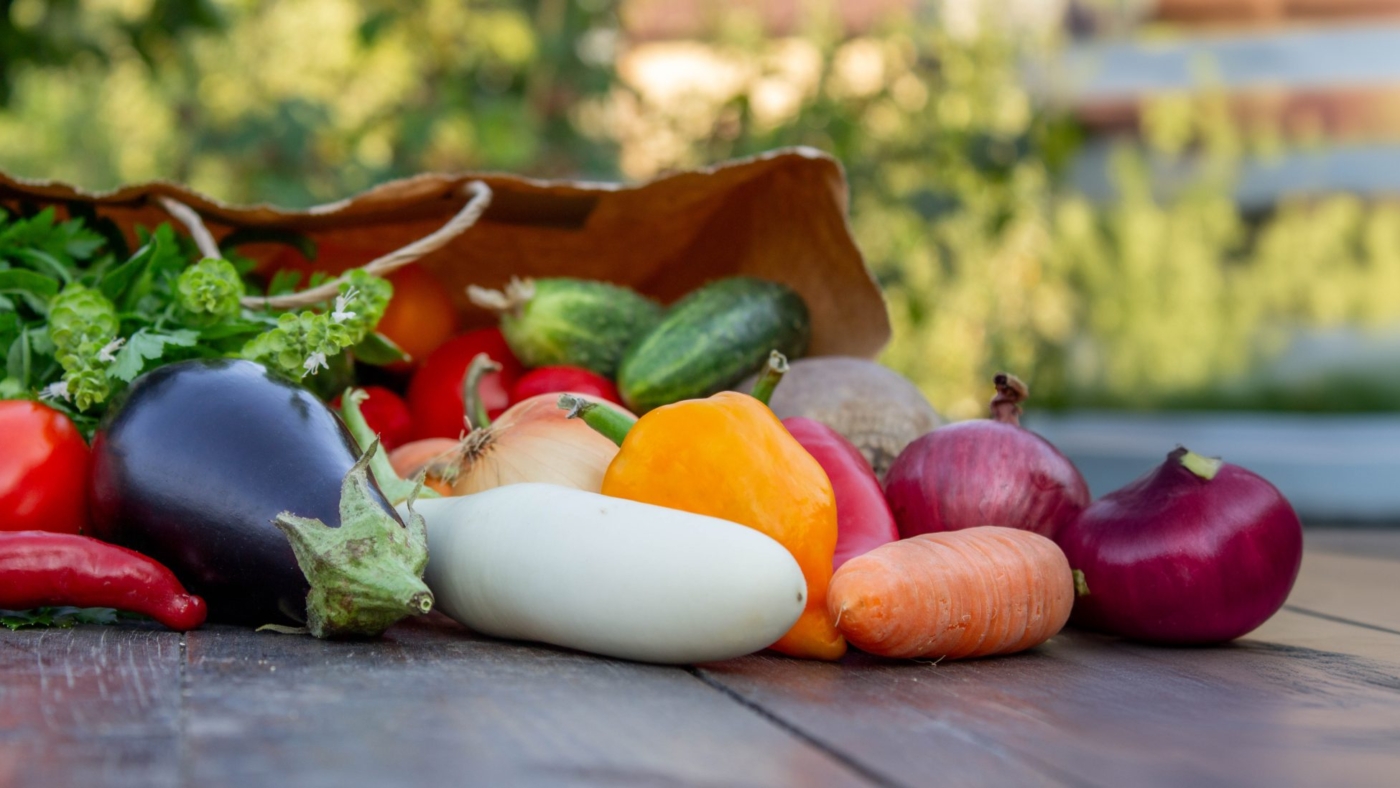When we think of food crops, the image that often comes to mind includes juicy red tomatoes or spicy peppers—annuals that require a lot of work each year. But what if we could enjoy fresh, homegrown food without the constant planting cycle?
Perennial vegetables are a wonderful, low-maintenance addition to any garden. Unlike annuals, they return each season with minimal intervention. These crops produce during a specific part of the year, then rest, forming a natural rhythm in your garden. The result is a garden that yields dependable harvests while saving you time and effort. In this article, we’ll explore four favorites: rhubarb, asparagus, sorrel, and artichoke.
Rhubarb
Zones: 3–8
Size: Medium to large, with wide spreading leaves
Conditions: Full sun to partial shade; rich, well-drained soil
This hardy plant is a gardener’s dream—low effort and long lived. Often passed down through families, rhubarb has a place in many homestead gardens and will thrive for decades if properly cared for.
To harvest, pull the stalks from the base with a twist and tug motion. Only the stems should be eaten, as the leaves contain a compound that is toxic. Use rhubarb in sauces, jams, or desserts—green or red stalks are both tasty, though red offers more visual appeal.
Asparagus
Zones: 2–9
Size: Tall, upright growth with feathery foliage
Conditions: Full sun; well-drained, sandy soil
Asparagus is one of the earliest vegetables you’ll harvest in spring. It takes patience—plants shouldn’t be harvested for the first two to three years—but the payoff is worth it. Once mature, the shoots emerge quickly and must be picked while still tender. After the season ends, the plants are left to grow their fern-like foliage, storing energy for the next year.
Sorrel
Zones: 3–7
Size: Compact and mounded
Conditions: Full sun; average, well-drained soil
A tangy leafy green, sorrel adds a lemony brightness to dishes and can be used either raw or cooked. It’s easy to grow, hardy, and among the first greens to appear each spring. Though it loses color when cooked, the flavor holds strong. It’s also very adaptable in terms of water needs and will thrive with occasional irrigation once established.
Artichoke
Zones: 7–9 (may survive in colder zones with protection)
Size: Large, bold, architectural foliage
Conditions: Full sun; rich, moist, well-drained soil
Artichokes are slightly more temperamental in colder regions but grow well in milder climates. While typically grown as annuals in cooler areas, some newer cultivars can flower in their first year. Watch for the large, spiny buds and harvest before they begin to open. Even when left unharvested, they provide ornamental appeal with striking flowers.
Why Grow Perennial Vegetables?
These crops are not only productive—they’re beautiful. Their bold shapes and textures add interest to garden beds and borders. Plus, most are incredibly resilient, with few pest problems and great adaptability. They are especially useful in cooler regions or areas with short growing seasons where traditional annual vegetables may struggle.
A little mulch helps keep the soil healthy and reduces the need for watering. Choose organic mulches like straw or leaf litter to retain moisture and improve soil over time.
If you’re aiming for a more sustainable and less labor-intensive vegetable garden, these perennials can be both functional and attractive additions to your space.

